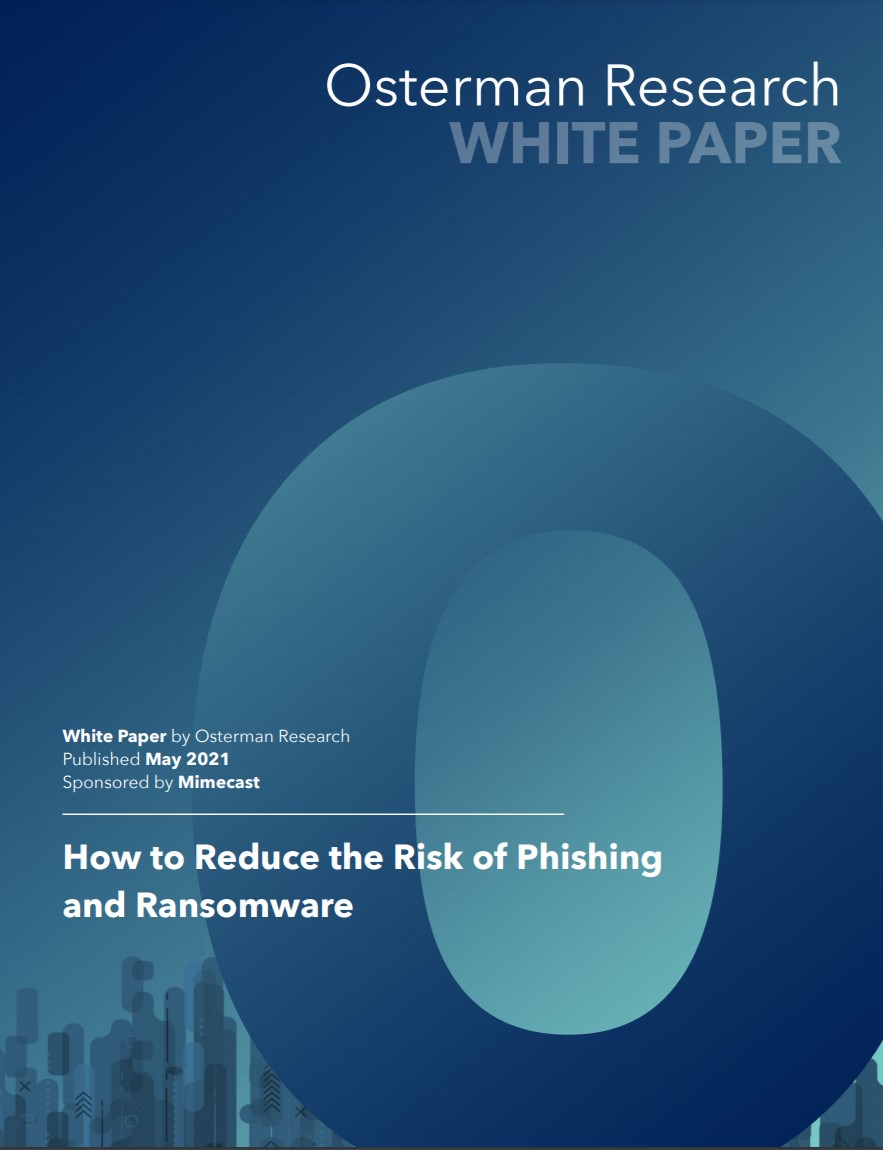FARGO ransomware targets vulnerable Microsoft SQL servers in new wave of attacks
Victims who don't pay the ransom risk having their stolen files exposed on the threat actor's Telegram channel

Microsoft SQL servers are succumbing to FARGO ransomware, security researchers at AhnLab Security Emergency Response Center (ASEC) have warned.
Alongside GlobeImposter, FARGO has become one of the most widespread ransomware that targets vulnerable MS-SQL servers, the company stated in a blog post. Statistical data from “ID Ransomware” attests to the burgeoning growth.
RELATED RESOURCE

How to reduce the risk of phishing and ransomware
Top security concerns and tips for mitigation
The strain was previously codenamed “Mallox” after analysts discerned the ransomware added a “.mallox” extension to encrypted files. Avast detailed the same strain in a report in February, labelling the ransomware “TargetCompany”.
Additionally, the cyber security firm released a decryption utility to help TargetCompany ransomware victims recover their files for free. However, the decryptor could only restore encrypted files under limited circumstances.
Decoding active exploits by FARGO ransomware, ASEC stated the strain causes a compromised machine to download a .NET file using cmd.exe and powershell.exe.
“The loaded malware generates and executes a BAT file which shuts down certain processes and services, in the %temp% directory,” added the company.
After injecting itself into AppLaunch.exe, the ransomware payload attempts to delete the registry key for the open-source ransomware vaccine Raccine. But that’s not all. The malware deactivates database processes and executes a recovery deactivation command to unencrypt confidential data.
Get the ITPro daily newsletter
Sign up today and you will receive a free copy of our Future Focus 2025 report - the leading guidance on AI, cybersecurity and other IT challenges as per 700+ senior executives
“Administrators of MS-SQL servers should use passwords that are difficult to guess for their accounts and change them periodically to protect the database server from brute force attacks and dictionary attacks, and update to the latest patch to prevent vulnerability attacks,” advised ASEC.
-
 Bigger salaries, more burnout: Is the CISO role in crisis?
Bigger salaries, more burnout: Is the CISO role in crisis?In-depth CISOs are more stressed than ever before – but why is this and what can be done?
By Kate O'Flaherty Published
-
 Cheap cyber crime kits can be bought on the dark web for less than $25
Cheap cyber crime kits can be bought on the dark web for less than $25News Research from NordVPN shows phishing kits are now widely available on the dark web and via messaging apps like Telegram, and are often selling for less than $25.
By Emma Woollacott Published
-
 ‘Phishing kits are a force multiplier': Cheap cyber crime kits can be bought on the dark web for less than $25 – and experts warn it’s lowering the barrier of entry for amateur hackers
‘Phishing kits are a force multiplier': Cheap cyber crime kits can be bought on the dark web for less than $25 – and experts warn it’s lowering the barrier of entry for amateur hackersNews Research from NordVPN shows phishing kits are now widely available on the dark web and via messaging apps like Telegram, and are often selling for less than $25.
By Emma Woollacott Published
-
 Healthcare systems are rife with exploits — and ransomware gangs have noticed
Healthcare systems are rife with exploits — and ransomware gangs have noticedNews Nearly nine-in-ten healthcare organizations have medical devices that are vulnerable to exploits, and ransomware groups are taking notice.
By Nicole Kobie Published
-
 Alleged LockBit developer extradited to the US
Alleged LockBit developer extradited to the USNews A Russian-Israeli man has been extradited to the US amid accusations of being a key LockBit ransomware developer.
By Emma Woollacott Published
-
 February was the worst month on record for ransomware attacks – and one threat group had a field day
February was the worst month on record for ransomware attacks – and one threat group had a field dayNews February 2025 was the worst month on record for the number of ransomware attacks, according to new research from Bitdefender.
By Emma Woollacott Published
-
 CISA issues warning over Medusa ransomware after 300 victims from critical sectors impacted
CISA issues warning over Medusa ransomware after 300 victims from critical sectors impactedNews The Medusa ransomware as a Service operation compromised twice as many organizations at the start of 2025 compared to 2024
By Solomon Klappholz Published
-
 Warning issued over prolific 'Ghost' ransomware group
Warning issued over prolific 'Ghost' ransomware groupNews The Ghost ransomware group is known to act fast and exploit vulnerabilities in public-facing appliances
By Solomon Klappholz Published
-
 The Zservers takedown is another big win for law enforcement
The Zservers takedown is another big win for law enforcementNews LockBit has been dealt another blow by law enforcement after Dutch police took 127 of its servers offline
By Solomon Klappholz Published
-
 There’s a new ransomware player on the scene: the ‘BlackLock’ group has become one of the most prolific operators in the cyber crime industry – and researchers warn it’s only going to get worse for potential victims
There’s a new ransomware player on the scene: the ‘BlackLock’ group has become one of the most prolific operators in the cyber crime industry – and researchers warn it’s only going to get worse for potential victimsNews Security experts have warned the BlackLock group could become the most active ransomware operator in 2025
By Solomon Klappholz Published